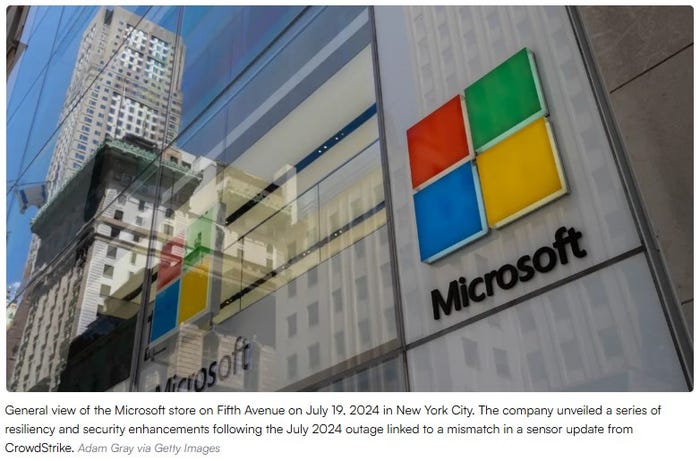U.S. military spearheads private 5G for California first responders

The US Department of Defense (DoD) is backing a new offering for first responders in California, including the California National Guard, that will allow them to instantly create a private wireless 5G network wherever and whenever they need it.
Broadly, the effort reflects growing interest in the ability for government agencies, enterprises and others to build their own private 5G networks. But it also highlights the growing role that the US military may play in the development of US spectrum policy and the future of 5G networking technology.
The DoD’s new private 5G offering in California was developed by the Defense Innovation Unit (DIU). The organization is “focused exclusively on fielding and scaling commercial technology across the US military to help solve critical problems.”
Nokia’s latest CBRS products
According to the agency, its private 5G offering was developed last year for the California National Guard to augment or replace aging two-way voice radio networks and trunked land mobile radio (LMR). Nokia and Fenix Group will provide 3.5GHz CBRS cellular radios and associated services for the network, while Somewear Labs will provide wearable devices.
Nokia’s support of the DoD’s plans comes as little surprise. The company’s interest in the private wireless networking industry is well documented.
Users of the DoD’s new offering will be able to access the network with their existing smartphones. “DIU facilitated teaming arrangements among multiple companies to provide transparent roam-in to private 5G service that does not require replacing the commercial SIM card on bring-your-own-devices. This is critical, since most apps used for communication identify the user by their phone number, and if that number changes, the user loses their identity,” explained Army Maj. Gen. Jay M. Coggan, commander of the California State Guard, in a release.
The result, according to the DoD, will be a 5G network that California first responders can set up immediately.
To read the complete article, visit Light Reading.





